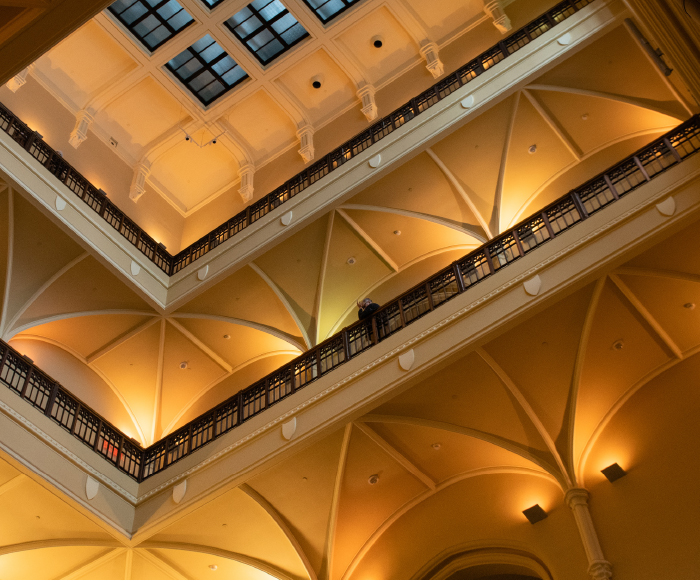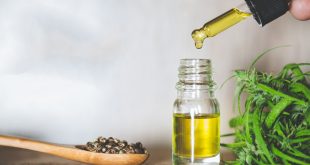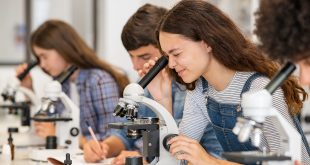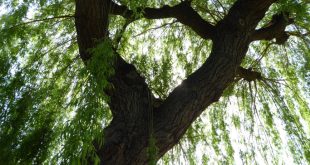
Canadian Museum of Nature; Photo Credit: Bill Manolakos
In March 2019, the doors closed on a seven-month exhibit at the Canadian Museum of Nature in Ottawa, honouring 20 Canadian women in natural science and marking 100 years since women won the right to vote in federal elections. These are Canada’s leading ladies in the natural sciences.
Catherine Jeremie (d. 1744)
After settling in Montreal in 1702, Jeremie studied botany and midwifery. Her interest in Indigenous knowledge led her to use native plants in her practice. One of the earliest botanists in Canada, she sent specimens to France which are still in the National Museum of Natural History in Paris.
Christian Ramsay Dalhousie (d. 1839)
Dalhousie came to Canada from Scotland in 1816 with her lieutenant-governor husband. A keen botanist, she spent years collecting and cataloguing Canadian plants and taught other women to do the same. She created one of the earliest herbariums in Nova Scotia.
Catherine Parr Traill (d. 1899)
Parr Traill was one of the first settlers to publish in detail about Canada’s climate, plants and animals. She also created plant collections that contributed to the knowledge of natural history in Canada at the time. Her most famous book, The Backwoods of Canada (1836), describes her life as a pioneer.
Harriet Brooks (d. 1933)
The physics research of Brooks serves as one of the foundations of nuclear science. Her work led to the discovery that radioactivity results from the disintegration of atoms. The first woman nuclear physicist in Canada, she was also one of the first to discover radon. She had to retire from her career at 31 because she got married.
Carrie Derick (d. 1941)
Derick was a botanist and geneticist who was also a writer and a social activist, fighting for women’s rights. She was the first woman university professor in Canada and a founder of McGill University’s Genetics Department. President of the Montreal Suffrage Association as far back as 1915, she was arguing for the legalization of birth control, which finally occurred in 1969.
Alice Wilson (d. 1960)
Despite lifelong health problems and limited career opportunities, Wilson never gave up on her quest to understand the earth beneath her feet and the fossils it contained. She was the first woman geologist and palaeontologist at the Geological Survey of Canada and a world expert on the geology of the St. Lawrence Lowlands.
Isabella Preston (d. 1965)
Preston created garden plants that were hearty enough to survive Canadian winters, and she was the first Canadian woman to hybridize them. She created about 200 garden hybrids (lilies, lilacs, crab apples and roses).
Margaret Newton (d. 1971)
Wheat stem rust was once the most feared disease affecting wheat crops; Newton’s agricultural research led to the development of varieties that are resistant to the disease. Thanks to her work in the 1930s, crop losses went from 30,000,000 bushels of wheat a year to practically zero. She was internationally renowned for her research on wheat rust, and she was the first female senior plant pathologist at the Dominion Rust Research Laboratory in Winnipeg, Manitoba.
Marcel Gauvreau (d. 1968)
A botanist, Gauvreau started the School of Awakening in Montreal, Quebec, which was dedicated to introducing science to children. Her educational approach was innovative, encouraging spontaneity, experimentation and learning. She developed children’s science programs for television and radio, and made significant contributions to The Laurentian (cont.)
(continued from previous page) Flora, the first comprehensive plant record of southern Quebec. Gauvreau also wrote several children’s books about appreciating nature.
Francis Wagner (d. 2016)
Wagner’s research helped map Canada’s geology, both terrestrial and marine. As a palaeontologist, her career took her on many gruelling research trips, from the Caribbean to the Beaufort Sea and from the Bay of Fundy to the Salish Sea. She was a leading specialist in micropalaeontology, studying single-celled fossils.
Anne Innes Dagg
Dagg’s obsession with giraffes began when she visited a zoo at the age of three. Twenty years later, in order to find a place to stay in South Africa, she had to fight to convince locals to let her stay, and her persistence paid off. Dagg is the first western scientist to study animal behaviour in the wild in Africa, writing some of the first scientific publications on giraffes.
Helen Battle (d. 1994)
Battle was one of the first zoologists to do marine biology research in the lab, as opposed to at sea. She showed that the study of microscopic tissues could provide answers to marine problems. Battle was the first Canadian woman PhD in marine biology, and one of the first scientists to use fish eggs to study the effects of cancer-causing substances. A founding member of the Canadian Society of Zoologists, Battle taught at the University of Western Ontario for several decades.
Viola MacMillan (d. 1993)
For the majority of her career as a mineral prospector, MacMillan was the only woman working in an industry ruled by men. She discovered several major, commercially exploitable gold deposits in Canada. MacMillan was the first woman member and later the first woman president of the Prospectors and Developers Association of Canada, and the first woman named to the Canadian Mining Hall of Fame.
Mildred Nobles (d. 1993)
Nobles studied tree fungus and created methods for identifying wood-rotting funguses, which led to better forest management across Canada. She invented the Nobles Species Code, a system widely used to identify wood-rotting funguses, and wrote Identification of Cultures of Wood-rotting Fungi, a publication that established her as a world-leading expert.
Kathy Conlan
Conlan is a marine biologist at the Canadian Museum of Nature. She works to understand how the Arctic and Antarctica are affected by environmental change, and discovered that the world’s largest iceberg can affect ocean-bottom marine life more than 100 km away when it blocks the annual Antarctic plankton bloom, a main food source. She is listed as one of Canada’s greatest explorers by Canadian Geographic. To date, Conlan has gone on more than 20 expeditions to the Arctic and Antarctic.
Anne de Vernal
Understanding the past to predict the future as a paleo-oceanographer at the University of Quebec in Montreal, de Vernal investigates changes in northern marine environments over millions of years. She finds clues in microscopic fossils that can tell us about our planet’s future and is one of the first to use fossils of a kind of plankton (dinoflagellate cysts) as indicators of climate change.
Gwen Bridge
Bridge studies forest hydrology (the movement, storage and quality of water in forests). Her scientific expertise, as well as her identity as a member of the Saddle Lake Cree Nation, fuels her work with First Nations groups to improve their management of natural resources. Bridge wrote a Memorandum of Understanding between First Nations and the Canadian Wildlife Service on species at risk.
Natalia Rybczynski
A palaeontologist, Rybczynski has led a number of arctic expeditions resulting in the discovery of several new fossil species. One of these new species is Puijila darwini, a semi-aquatic mammal that sheds light on how seal ancestors made the transition from land to sea. She discovered an evolutionary “missing link” between land-dwelling mammals and modern seals, and found the first evidence of a 3.5-million-year-old High Arctic camel. Rybczynski was named one of Canada’s greatest explorers by Canadian Geographic.
Joyce Boye
Boye specializes in plant proteins and develops more nutritious products and processing techniques for protein-rich foods such as chickpeas and soybeans, among other peas, beans and lentils. Boye was named Special Ambassador for the 2016 International Year of Pulses by the UN Food and Agriculture Organization and contributed to its consultation on the importance of protein quality in human nutrition.
Victoria Kaspi
An astrophysicist, Kaspi studies neutron stars. Because neutron stars start out as another kind of star, her work sheds light on the evolution of the universe. Kaspi is the first woman and youngest person to receive the Herzberg Medal, Canada’s top award for science and engineering with a prize of $1 million; she discovered a rare magnetar, a neutron star with an extreme magnetic field.
 BioLab Business Magazine Together, we reach farther into the Canadian Science community
BioLab Business Magazine Together, we reach farther into the Canadian Science community






